
Long, long ago in a very different world, during a roundtable discussion at Aspen’s Food & WineClassic, New York City superchef Marcus Samuelsson lamented the impact of the smartphone on restaurants. “Technology has forced us to create a completely different dining experience in the restaurant because people live so much online,” he said. His comment conveyed a sadness for the loss of what was once an intimate human experience. On that day in Aspen, Samuelsson’s audience clapped in agreement, but at dinner that night, their phones undoubtedly remained within reach.
In that same roundtable (titled “The Futurists”), chef icon David Chang of the Momofuku empire theorized, “The next great restaurant in the world will be analog. There will be no technology.” He pointed to spots like the bare-bones Franklin Barbecue in Austin, Texas and the famously off-the-grid Hartwood in Tulum, Mexico. This conversation, which also included then-Food & Wine editor in chief Dana Cowin and Andrew Zimmern, took place in June of 2015—almost two months to the day of the launch of Maple, a ghost kitchen delivery start-up heavily backed by Chang.
That was five years—and a lifetime—ago, but the ideological push and pull of technology’s role in the high-touch restaurant space was already at a fever pitch. Today, ghost kitchens are rampant (although Chang’s Maple never did take flight), delivery apps clutter phones, and many restaurants are run by POS systems, delivery and reservation platforms, online ordering apps, and accounting and scheduling software. How can soulless tech be so at the center of an industry built on heart and human touch? Where is the balance?
The truth, says Nick Kokanas (co-founder of the acclaimed Alinea Group in Chicago and founder of Tock reservation system) is when done right, technology enables hospitality. “Tech is about how you better serve the customer through efficiencies,” he says. Edwin Zoe of Zoe Ma Ma and Chimera Ramen in Boulder and Denver, agrees, wondering why it has to be one or the other. “Why technology versus hospitality? I’m amused by that binary mentality,” he says. “Tech needs to be put in place to support quality service.” As an example, he references a recent experience at a local restaurant where he noted the flawed to-go program. “They had one person parked on the phone doing nothing but taking to-go orders, describing menu items, making sure everything was correct by repeating it back, and then entering it into the POS. That transaction probably took five to 10 minutes that otherwise would have taken five seconds,” he says. “These are the things that when we use tech smartly, it enhances [the experience].” It can also save on labor.
At Avery Brewing Co. in Boulder, hospitality director Ray Decker says switching from paper receipts to digital signatures simplified checks and significantly reduced labor costs. (Avery uses, and had an early hand in developing, Boulder-based Arryved POS system.) “For servers on a busy Saturday, they might have 100 credit card receipts to manage and make sure tips are entered in properly. On average, it would take servers 30 minutes to [close out] properly,” he says. “When we went to digital signatures, I estimated we saved nine hours of labor—and no call backs or charge-backs.” Efficiency as a whole means there’s more time for meaningful guest interaction. As an example, when Avery’s servers use handhelds to place orders, the ticket is activated immediately and guests often have a beer in hand by the time the last person in the party has ordered. “This blows people’s minds,” Decker says. “The server doesn’t have to leave to put in the order, the beer is hitting the table, and you have an organic conversation that starts off the hospitality experience.”
“I had to look at myself and my business model. It’s because they want to connect with me. I hear you, I see you, and we’re going to keep going. I’ll install the tech but I’m not going to completely cut off communication.“
Mawa McQueen, Mawa’s Kitchen and the Crêpe Shack
Tech companies of all shapes and sizes promise data: who your customers are, what they like to eat, if they prefer wine to cocktails, how much they spend, whether you’re running low on an ingredient, and countless other measurables. But technology isn’t heart. And that data is worthless if you don’t use it. The most important thing for operators, says Robbie Vitrano, co-founder of healthy pizza chain Naked Pizza (which Mark Cuban eventually bought), is finding tech’s place within your unique equation. “The tech needs to serve the ethos, the culture, and the behavior of a restaurant,” he says. “You set the pace.”
That rings true for Mawa McQueen of Mawa’s Kitchen in Aspen and the Crêpe Shack in Snowmass. Her restaurants serve hospitality and community first and foremost. Tech might help her create more highly functioning kitchens (she uses Clover for her POS system and ChowNow for pickup and delivery, though she notes the two aren’t integrated), but her personal touch trumps all. McQueen reports that despite urging guests to place orders online, most of them still call in their orders. And, in a move that would likely push most operators over the edge, a good chunk of her base texts her their orders. Initially, McQueen was frustrated by the intrusion, but then, “I had to look at myself and my business model. It’s because they want to connect with me,” she says. “I hear you, I see you, and we’re going to keep going. I’ll install the tech but I’m not going to completely cut off communication.”
Technology doesn’t—and mustn’t—preclude the human touch. Instead, it provides countless opportunities to enrich it. And that is where the magic lies, says Kokanas, reminding us that what appears to be simple to the guest—be it effortless ordering, having beers hit the table immediately, or even texting an order—goes a long way. Tech might be behind the curtain but it’s the touch that really counts. Kokanas provides a closing example of many of his guests’ last brush with service at his restaurants: coat check. “Why give [the guest] a little chip to hold on to?” he says. “I know your table and when you’ve paid, [a “coat” icon] blinks on the computer at the host stand.” By the time the party reaches the door, in a show of seamless hospitality, their coats are ready to be slipped on just moments before they pass into the night.
Talk to us! Email your experiences (and thoughts, opinions, and questions—anything, really) to askus@diningout.com.



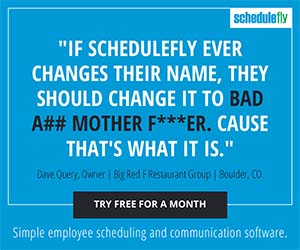
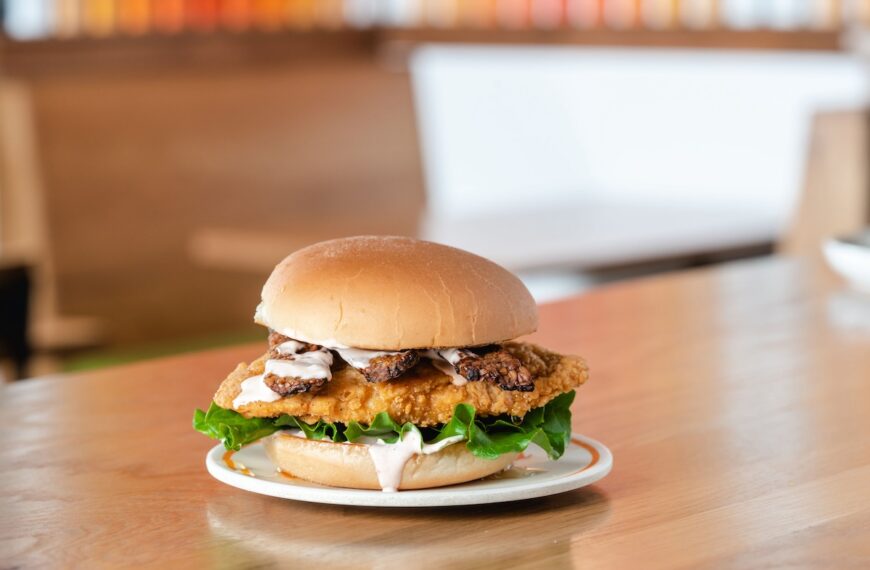
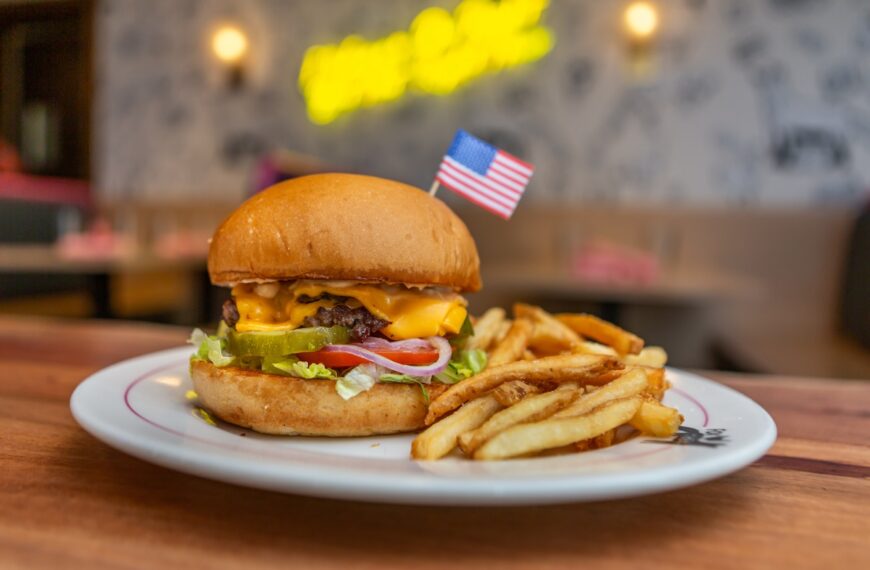

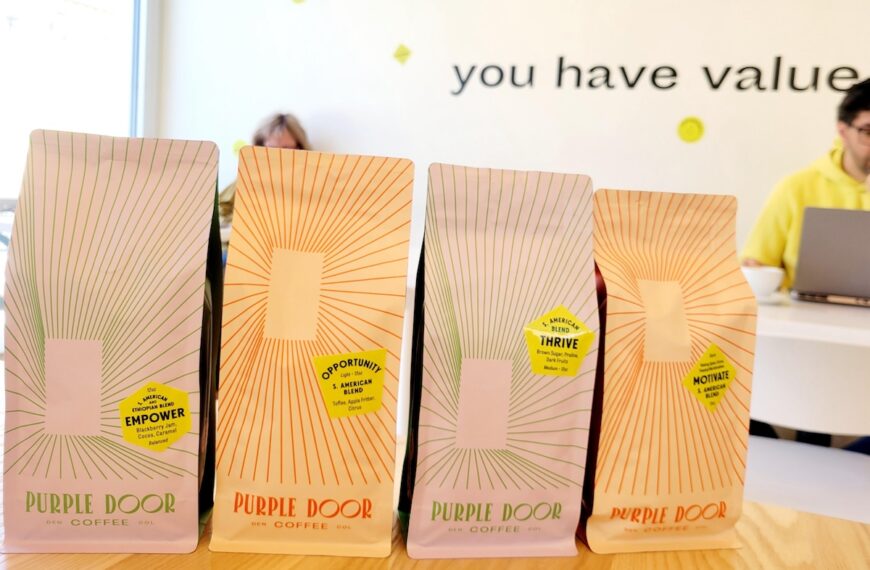
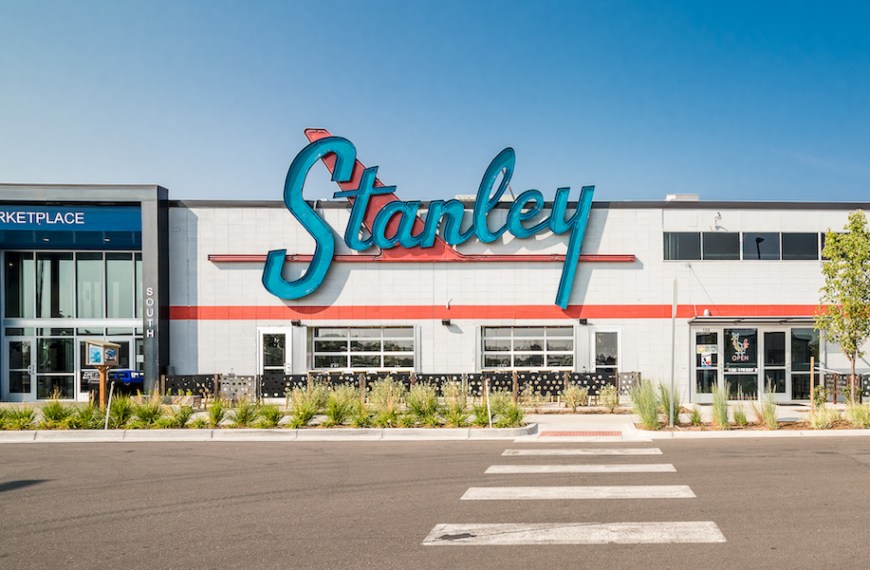
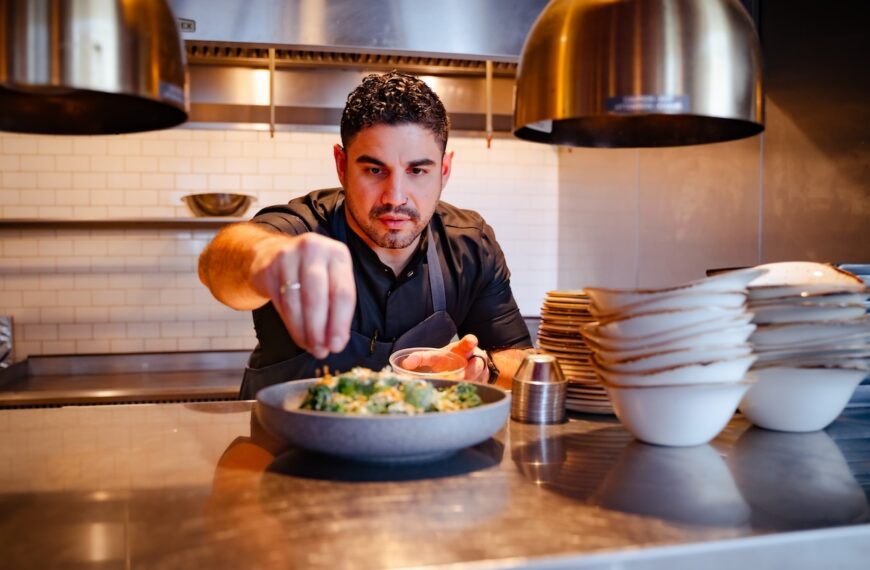

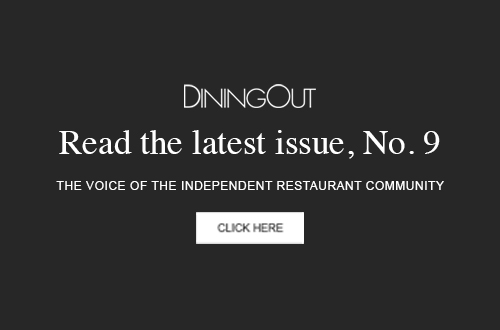
Comments are closed.